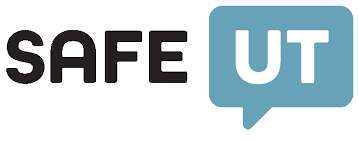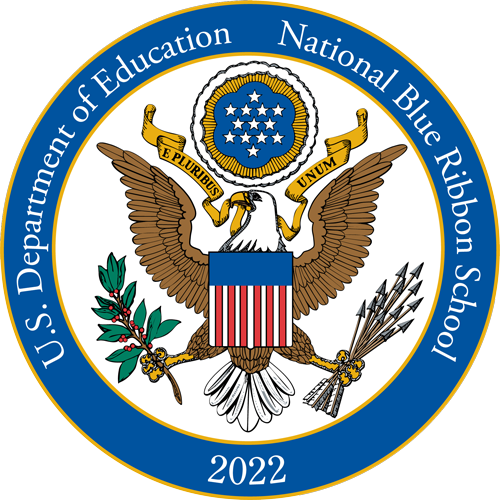There’s a new study out this week to add to the mounting stack of evidence that being bilingual has tremendous advantages, beyond the obvious one of being able to communicate with more people.
The latest comes from a pair of Northwestern University researchers who say that people who are bilingual have enhanced memory and are better able to pay attention. In a new study published in the April 30 issue of the Proceedings of the National Academy of Sciences, bilingualism expert Viorica Marian, auditory neuroscientist Nina Kraus,and three other scholars, examined how bilingualism affects the brain—specifically looking at the subcortical auditory regions.
Using two groups of teenagers—23 bilingual English and Spanish speakers and 25 English-only speakers—the researchers recorded the students’ brainstem responses to speech sounds as they heard them in two conditions. In a quiet condition, the teenagers responded similarly, but against a noisy background, those with bilingual brains were “significantly better” at “encoding the fundamental frequency of speech sounds known to underlie pitch perception and grouping of auditory objects,” according to the study. In other words, the bilinguals’ brains were far superior to the monolinguals’ brains at sorting through the noise to pick out the spoken syllable “da.”
So what does this mean exactly?
Professor Marian explains it this way: “Bilinguals are natural jugglers,” she said in a news release about the study’s publication. “The bilingual juggles linguistic input and, it appears, automatically pays greater attention to relevant versus irrelevant sounds. Rather than promoting linguistic confusion, bilingualism promotes improved ‘inhibitory control,’ or the ability to pick out relevant speech sounds and ignore others.”
Can we expect that this study might have some impact on education policy when it comes to making decisions about educating English-learners? Dual-language programs are certainly popular among upper-income parents who want their children to learn a second language and they are increasingly becoming more available to ELL students, allowing them to build their literacy in their native language at the same time they learn English, but these programs are a long way from being accessible to the masses.
Click HERE to go to the original article



